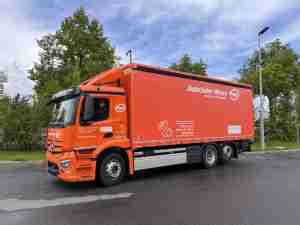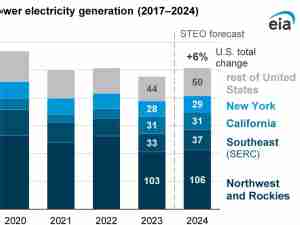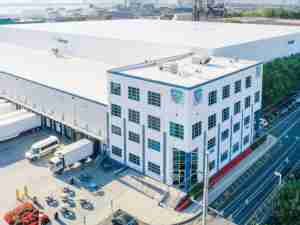A boom in trading Dutch natural gas is showing no signs of slowing as interest from outside Europe continues to grow.
Traders of the region’s benchmark gas contracts based beyond Europe have increased by 164% since 2016, according to Gordon Bennett, managing director for utility markets at ICE Futures Europe.
“TTF is becoming a global gas marker, it is the ‘Brent’ of the gas market,” Bennett said in an interview. “A lot more participants are coming from outside Europe.”
As European gas supply contracts continue to move away from long-term oil-indexed pricing, Dutch virtual trading hub Title Transfer Facility has become the most widely used interchange on the continent. The number of traders using TTF has surged 83% between 2016-2020, Bennett said. Meanwhile, TTF futures have registered records in open interest throughout May, according to data from ICE.
The expansion of liquefied natural gas trading from countries such as the U.S. has helped bolster interest in the hub, as well as Europe’s vast infrastructure and the evolution of speculative trading. It’s turned the regional benchmark into a price reference for calculating the cost of moving cargoes across the globe.
Bennett didn’t disclose which companies were using TTF but commodity traders, utilities and LNG suppliers outside Europe have all increasingly linked their sales to the hub. LNG tenders from Argentina to Turkey are now being priced at a premium or discount to TTF. Volumes traded of the Dutch contract could even exceed ones for U.S. benchmark Henry Hub, with the fastest growth seen in participants from the U.S., Bennett said.
North Asia’s LNG benchmark, the Japan-Korea Marker, has also taken its cue from higher European prices, surging earlier this month as traders in the Pacific were forced to raise bids to attract shipments away from the Atlantic. On Monday, Vitol SA bought an LNG cargo from Royal Dutch Shell Plc linked to the TTF contract for July delivery to China.









